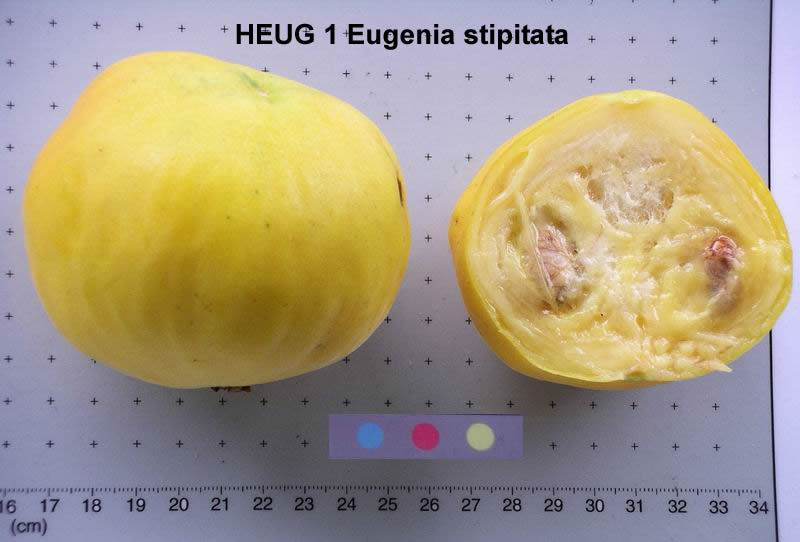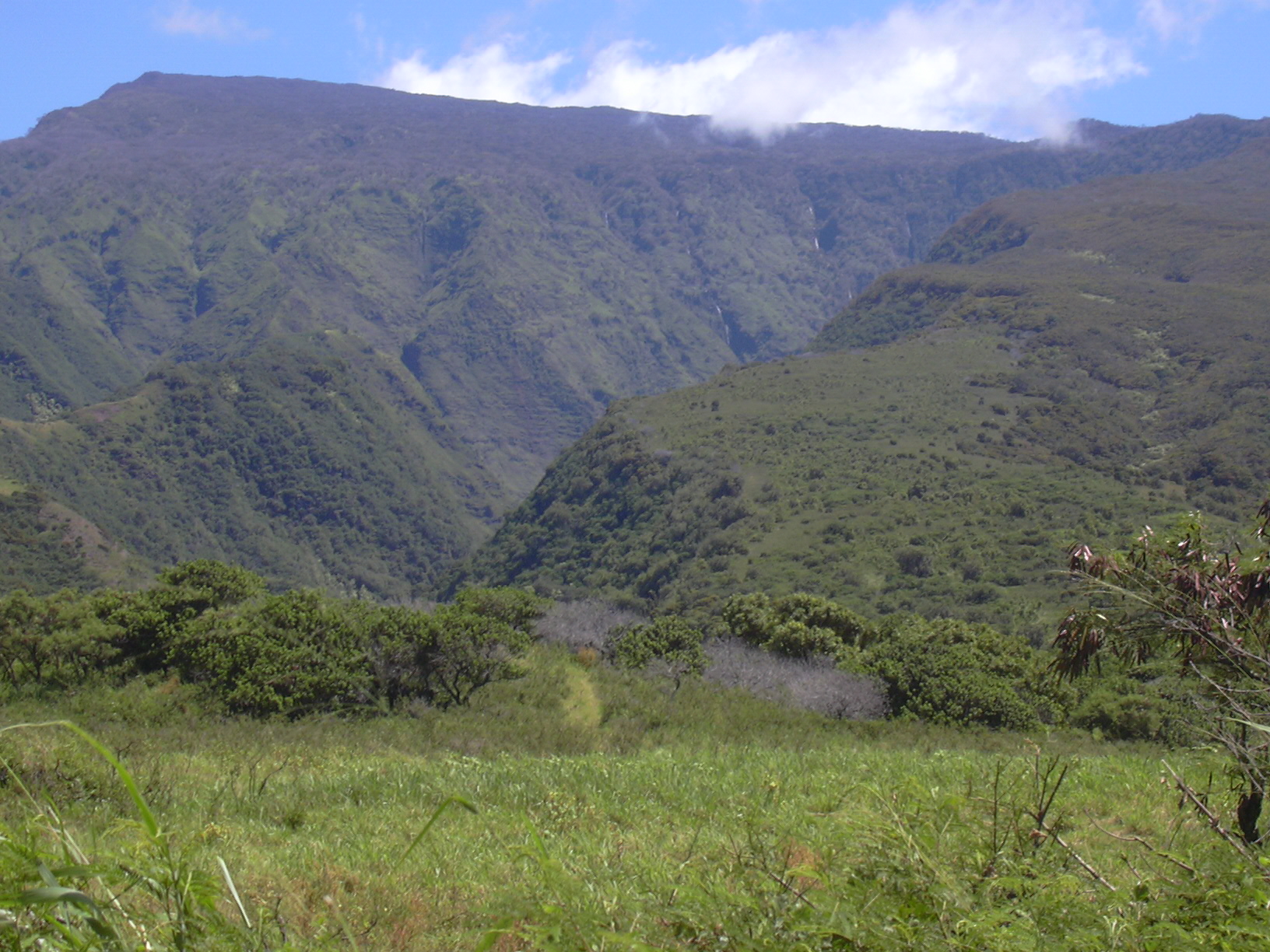|
Eugenia Stipitata
''Eugenia stipitata'' (Araza, Portuguese common names araçá, araçá-boi , Spanish common name arazá, also known as membrio in Ecuador) is a fruit tree native to the Amazon Rainforest in Brazil, Colombia and Ecuador. Description Arazá originated in the western part of Amazonia. This plant is a lesser-known and underutilized crop, which have certain attractive properties for further agricultural development. Although the fruit is very acidic when eaten directly from the tree, it can be processed into juices, nectars, marmalades, ice-creams, and other foods with a refreshing taste. The species is believed to have its origin in the extreme west of the Amazon basin, perhaps in the Peruvian Amazon.Chun PAT and Alvarez M (1995) Pre and post harvest pests and diseases of Araza (Eugenia stipitata) in Costa Rica. Agronomic Center for Tropical Research and Training (CATIE). Most of the wild populations are found on old, non-floodable terraces in tropical, white, highly leached podzo ... [...More Info...] [...Related Items...] OR: [Wikipedia] [Google] [Baidu] |
Strawberry Guava
''Psidium cattleyanum (World Plants : Psidium cattleianum)'', commonly known as Cattley guava, strawberry guava or cherry guava, is a small tree (2–6 m tall) in the Myrtaceae (myrtle) family. The species is named in honour of English horticulturist William Cattley. Its genus name ''Psidium'' comes from the Latin ''psidion'', or "armlet." The red-fruited variety, ''P. cattleyanum var. cattleyanum'', is commonly known as purple guava, red cattley guava, red strawberry guava and red cherry guava. The yellow-fruited variety, ''P. cattleyanum var. littorale'' is variously known as yellow cattley guava, yellow strawberry guava, yellow cherry guava, lemon guava and in Hawaii as ''waiawī''. Although ''P. cattleyanum'' has select economic uses,US Forest Service. (2016). Strawberry Guava: Not All Green Is Good. Pacific Southwest Research Station. it is considered the most invasive plant in Hawaii.Lowe S., Browne M., Boudjelas S., De Poorter M. (2000) ''100 of the World’s Worst ... [...More Info...] [...Related Items...] OR: [Wikipedia] [Google] [Baidu] |

